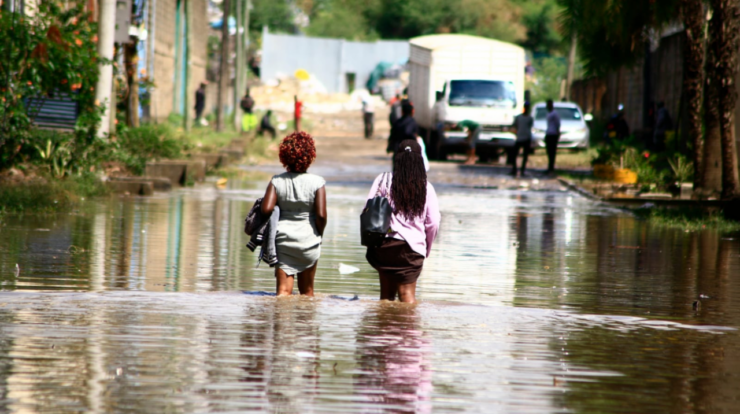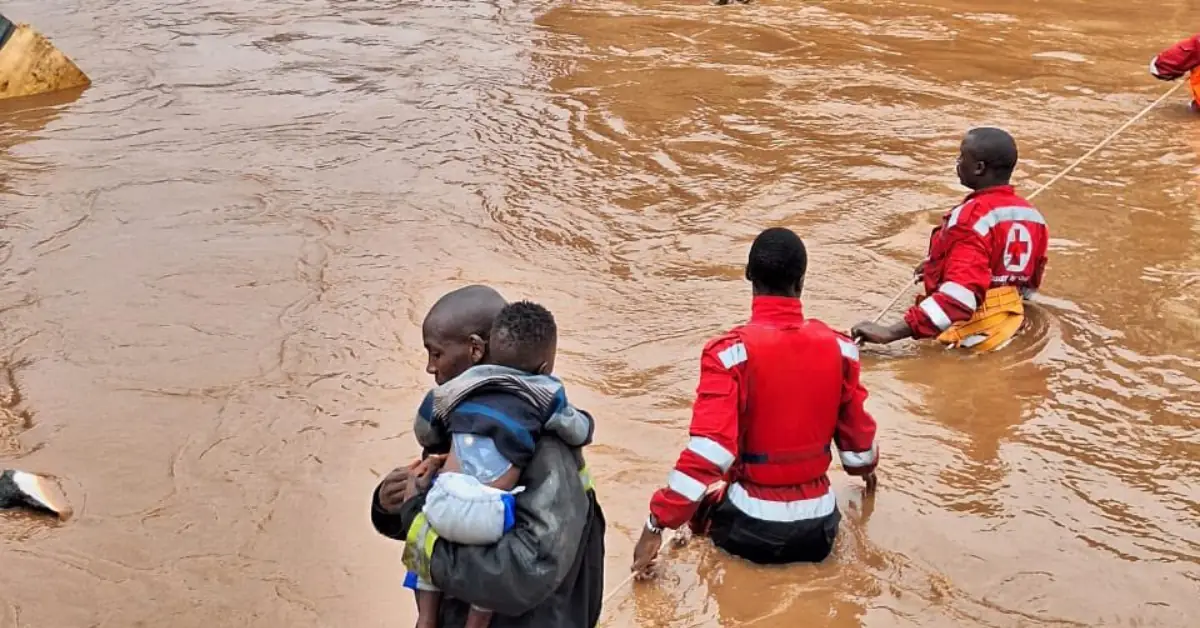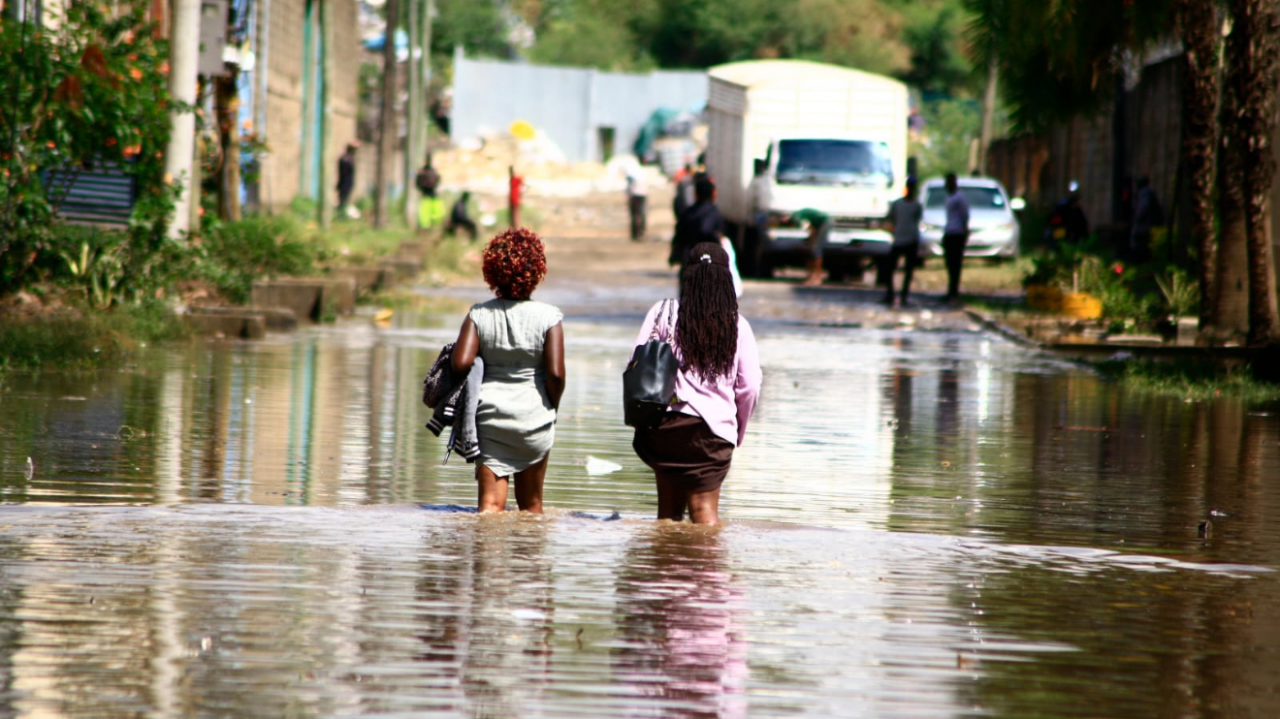
Kenya nairobi flooding – Kenya’s capital, Nairobi, has become increasingly susceptible to devastating floods. These events have left a trail of destruction, impacting infrastructure, communities, and the environment. Understanding the causes, impacts, and mitigation strategies for flooding in Nairobi is crucial for addressing this pressing issue.
Nairobi’s geographical location, inadequate drainage systems, and urbanization have contributed to the frequency and severity of floods. Climate change and extreme weather events have further exacerbated the situation, leading to widespread displacement and economic losses.
Background of Flooding in Kenya, Nairobi: Kenya Nairobi Flooding

Nairobi, the capital of Kenya, is prone to flooding due to a combination of geographical and historical factors. The city is situated in a valley surrounded by hills, which can lead to rapid runoff and flooding during heavy rains. Additionally, Nairobi’s drainage system is inadequate to handle the volume of stormwater, especially during intense downpours.
Flooding in Nairobi has been a recurring problem for decades. In recent years, the frequency and severity of flooding events have increased, largely due to climate change and rapid urbanization.
Causes of Flooding in Nairobi, Kenya nairobi flooding
The primary causes of flooding in Nairobi include:
- Urbanization and inadequate drainage systems:The rapid growth of Nairobi has led to increased impervious surfaces, such as roads and buildings, which reduce the amount of water that can be absorbed into the ground. This, combined with the city’s aging and inadequate drainage infrastructure, contributes to flooding.
- Climate change and extreme weather events:Climate change is leading to more frequent and intense rainfall events, which can overwhelm Nairobi’s drainage system and cause flooding. Extreme weather events, such as cyclones and hurricanes, can also contribute to flooding.
- Deforestation and land-use changes:Deforestation and other land-use changes in the Nairobi area have reduced the natural capacity of the environment to absorb and retain water, increasing the risk of flooding.
Impacts of Flooding in Nairobi
Flooding in Nairobi has a devastating impact on the city’s residents and infrastructure.
- Human health:Flooding can lead to waterborne diseases, such as cholera and typhoid, as well as respiratory infections and skin diseases. It can also displace people from their homes, making them more vulnerable to health risks.
- Economic costs:Flooding can damage property and infrastructure, disrupt businesses, and lead to loss of income. It can also damage crops and livestock, affecting the livelihoods of farmers and herders.
- Social and environmental impacts:Flooding can damage ecosystems, such as wetlands and forests, and disrupt social networks and community cohesion. It can also lead to loss of cultural heritage and damage to historical sites.
Flood Mitigation and Management Strategies
Several strategies can be used to mitigate and manage flooding in Nairobi.
- Structural measures:These include dams, levees, and drainage improvements. Dams can be used to store excess water during heavy rains and release it gradually, while levees can be built to prevent rivers from overflowing. Drainage improvements can help to channel water away from populated areas.
- Non-structural measures:These include flood warning systems, land-use planning, and community education. Flood warning systems can provide early warnings of flooding, giving people time to evacuate and take protective measures. Land-use planning can be used to restrict development in flood-prone areas, and community education can help to raise awareness of the risks of flooding and promote preparedness.
Future Projections and Adaptation Strategies
Climate change is expected to increase the frequency and severity of flooding in Nairobi. To adapt to these changes, the city will need to implement a comprehensive flood management plan that includes both structural and non-structural measures.
Vulnerable areas and populations should be identified and targeted for adaptation measures. These measures could include flood-resistant housing, flood warning systems, and community-based flood preparedness programs.
Ending Remarks

Mitigating flooding in Nairobi requires a comprehensive approach that includes structural measures, such as dams and drainage improvements, as well as non-structural measures, such as flood warning systems and community education. Adaptation strategies are also essential to address the challenges posed by climate change and protect vulnerable areas.
Essential FAQs
What are the main causes of flooding in Nairobi?
Urbanization, inadequate drainage systems, climate change, deforestation, and land-use changes are the primary causes of flooding in Nairobi.
What are the impacts of flooding on Nairobi’s population?
Flooding in Nairobi leads to waterborne diseases, displacement, loss of livelihoods, and damage to ecosystems.
What measures are being taken to mitigate flooding in Nairobi?
Structural measures like dams and drainage improvements, as well as non-structural measures like flood warning systems and land-use planning, are being implemented to mitigate flooding in Nairobi.





